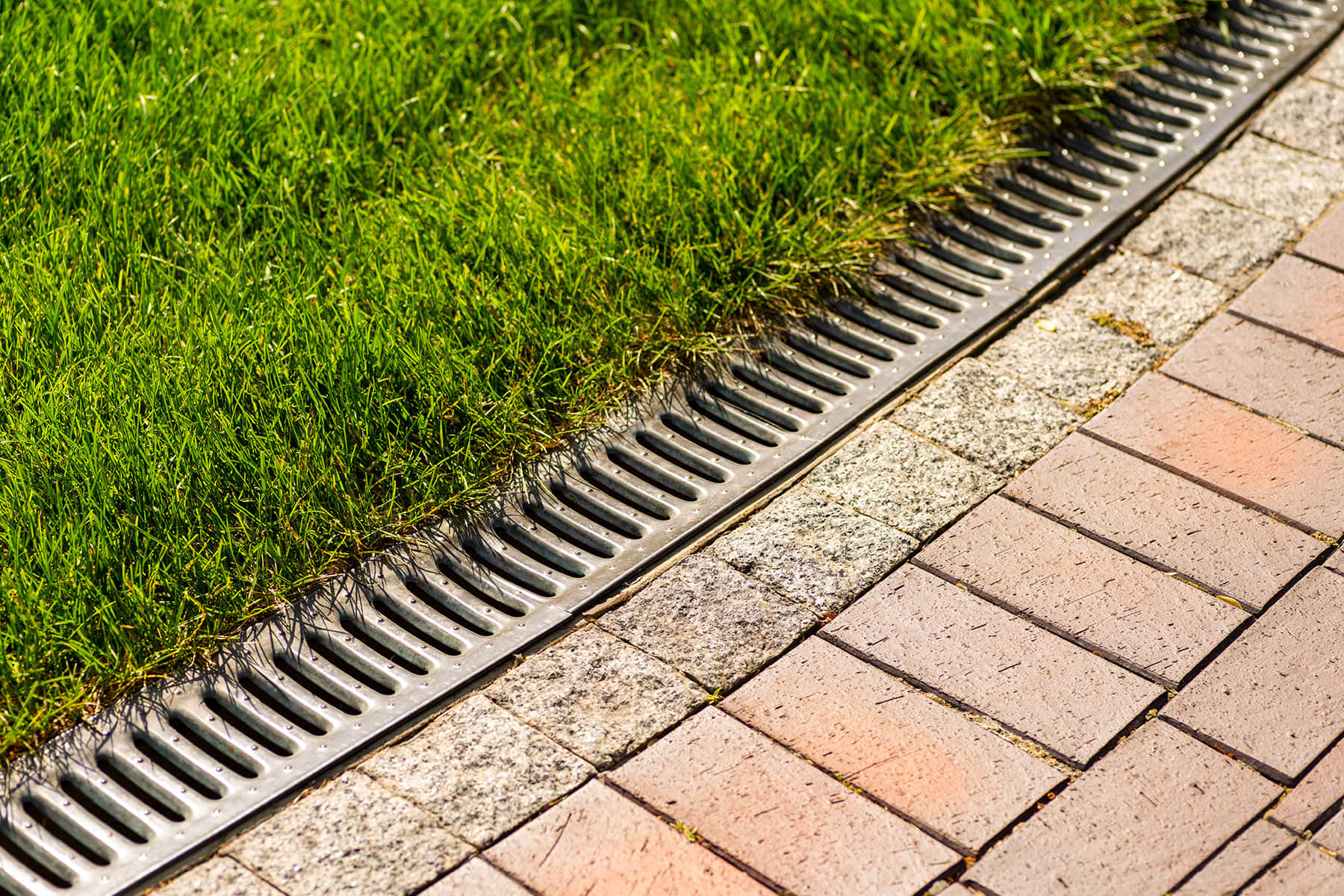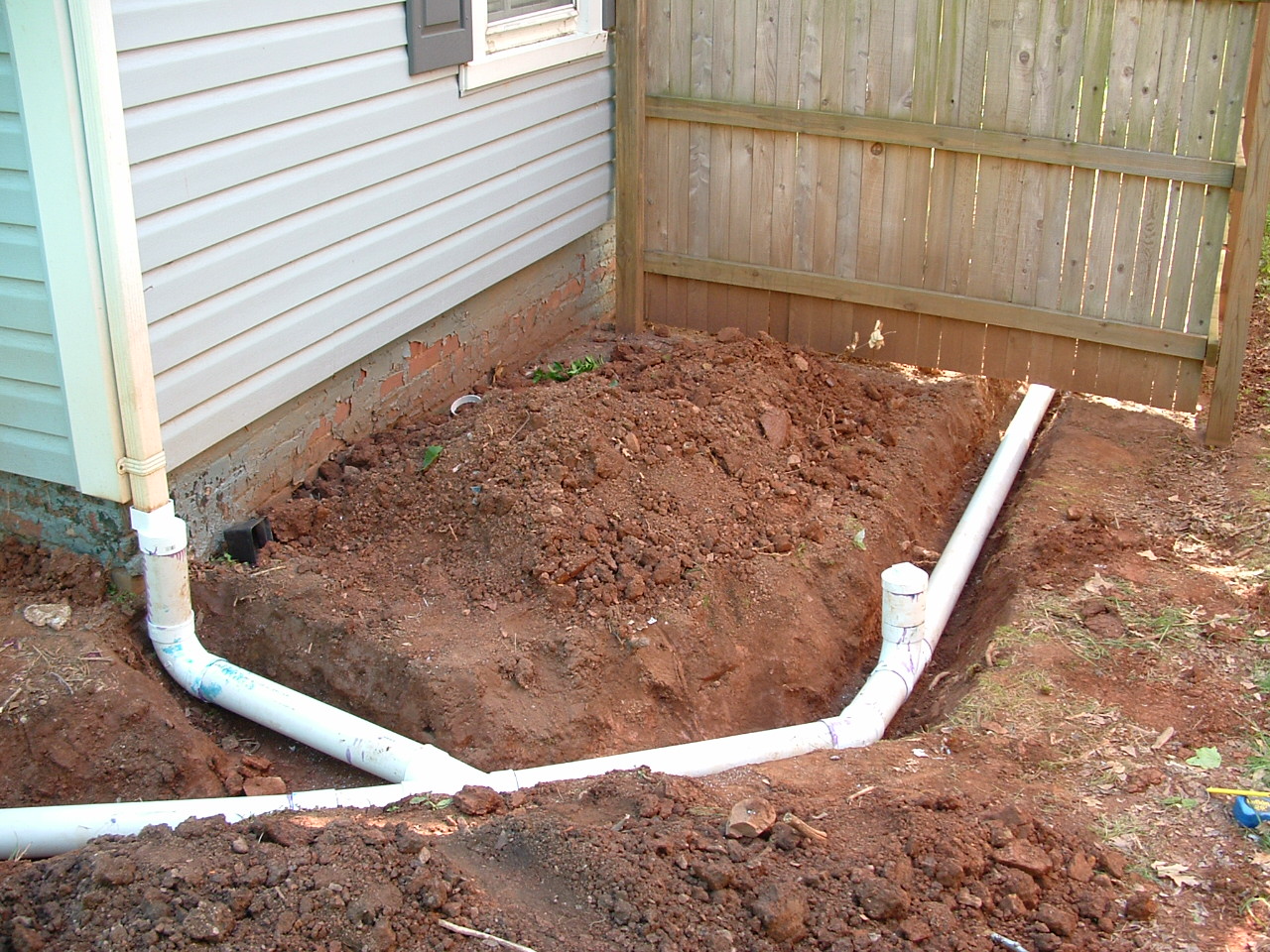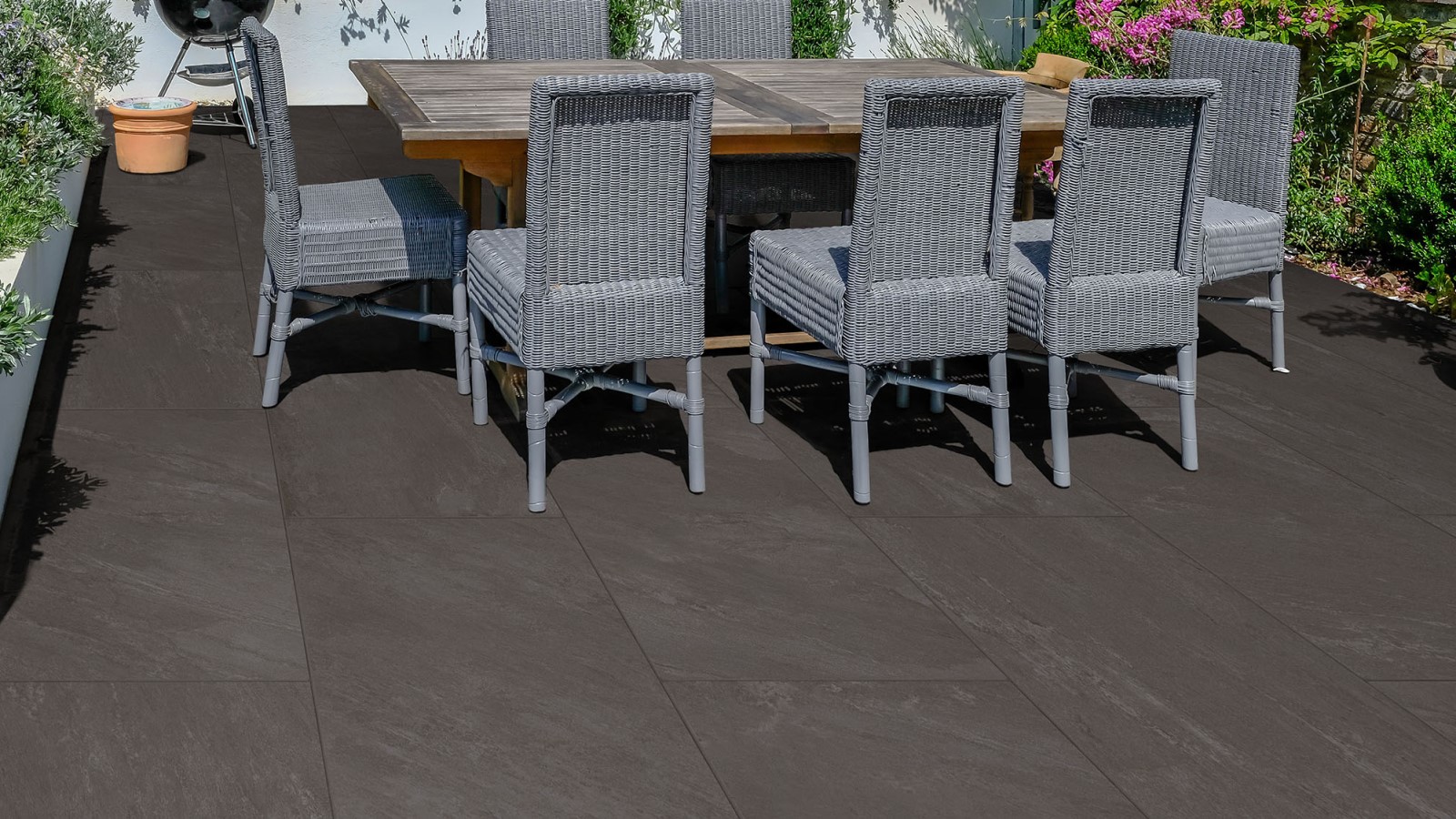Before we delve into solutions, it’s important to understand the difference between soil erosion and waterlogging:
- Soil Erosion: This occurs when wind or water removes the top layer of soil, taking with it valuable nutrients. It typically happens in areas with sloped landscapes or heavy rainfall.
- Waterlogging: This occurs when the soil becomes saturated with excess water, leaving little room for oxygen. The roots of plants drown and can lead to diseases like root rot.
Both problems can significantly affect your garden’s health, but with the right drainage for garden strategies, you can manage and even prevent them.
Top Garden Drainage Ideas to Prevent Soil Erosion and Waterlogging
1. Terracing or Raised Beds
For sloped gardens, terracing or creating raised garden beds is an excellent way to reduce water runoff and soil erosion while improving drainage.
- How It Works: Terracing involves creating stepped levels along the slope to slow down water flow, allowing it to be absorbed by the soil. Raised beds elevate plants above the ground, helping to prevent water from collecting around their roots.
- Benefits: Both solutions prevent soil from washing away and help maintain stable moisture levels around plants’ roots.
Tip: Use stones, timber, or bricks to build raised beds, ensuring water can still drain through the soil.
2. French Drains
A French drain is a classic solution to waterlogging, as it effectively redirects excess water away from areas where it tends to pool.
- How It Works: French drains consist of a trench filled with gravel or rock, with a perforated pipe running through it. The pipe collects and redirects water away from your garden, typically to a lower point or storm drain.
- Benefits: They are highly effective for improving drainage in areas where water tends to collect, reducing both waterlogging and erosion.
Tip: Ensure the trench is sloped to encourage water to flow naturally through the system.
3. Swales
Swales are shallow, wide ditches designed to manage water flow on sloped land, helping to reduce erosion while encouraging water absorption.
- How It Works: A swale is dug along the contour of your garden, allowing water to flow into the trench and be absorbed by the soil. The edges can be planted with vegetation to slow water flow and provide additional erosion control.
- Benefits: Swales help manage stormwater runoff, promote infiltration, and prevent both soil erosion and waterlogging.
Tip: Add mulch or rocks to the base of the swale to help filter out debris and slow water movement.
4. Permeable Paving
If you have garden paths, driveways, or other hardscaped areas that contribute to water runoff, permeable paving can be a game-changer.
- How It Works: Permeable pavers are designed with small gaps that allow water to pass through and be absorbed into the ground, rather than running off the surface.
- Benefits: They reduce the impact of water runoff, help prevent waterlogging, and allow rainwater to be absorbed naturally.
Tip: Use permeable materials like gravel, porous concrete, or paving stones with gaps to allow water to filter through.
5. Improve Soil Structure
Improving the structure of your soil is one of the most cost-effective ways to manage both erosion and waterlogging.
- How It Works: Adding organic material like compost, manure, or mulch helps to break up heavy clay soils, improving water infiltration and reducing compaction. It also helps sandy soils retain moisture, which reduces erosion.
- Benefits: Well-aerated soil has better drainage, which reduces waterlogging. Healthy soil structure also prevents erosion by improving its ability to hold water and nutrients.
Tip: Regularly add organic material to your soil and avoid walking on wet soil, as this can lead to compaction.

6. Dry Wells
A dry well is a great solution for areas with excessive runoff or poor drainage. It captures water and allows it to gradually seep into the surrounding soil.
- How It Works: A dry well is typically an underground container (often a perforated barrel or a pit filled with gravel) that collects water from your garden’s surface drains. The water filters through the gravel and is slowly absorbed into the soil.
- Benefits: Dry wells are particularly useful in areas where water tends to pool, helping to prevent waterlogging and erosion.
Tip: Ensure that the dry well is located at a lower point in the garden, so water can flow naturally toward it.
7. Gutter and Downspout Systems
Properly installed gutters and downspouts help prevent excessive water runoff from roofs, directing rainwater away from your garden and preventing erosion.
- How It Works: Rainwater from the roof is funneled into downspouts, which carry the water to designated drainage areas like French drains or dry wells.
- Benefits: This prevents the overwhelming amount of water from flowing over the garden and contributing to soil erosion and waterlogging.
Tip: Make sure downspouts are clear of debris to ensure proper water flow, and consider installing splash blocks at the base of the downspouts to direct water away from plants.
8. Mulching
Mulching is one of the simplest ways to manage both waterlogging and erosion in your garden. It helps retain soil moisture, suppresses weeds, and protects the soil from heavy rain.
- How It Works: A layer of mulch (wood chips, straw, grass clippings, etc.) is applied to the surface of the soil, helping to prevent water runoff and reduce the impact of rainfall on bare soil.
- Benefits: Mulch improves moisture retention, reduces surface runoff, and provides a buffer between water and the soil, preventing erosion.
Tip: Apply a 2–3 inch layer of mulch around your plants and garden beds to maximize its benefits.
9. Riparian Buffers
For gardens near streams or bodies of water, riparian buffers—areas planted with vegetation—are a fantastic solution to control both erosion and water runoff.
- How It Works: Riparian buffers consist of native plants and grasses that absorb excess water, reduce runoff, and stabilize the soil near water sources.
- Benefits: They help filter out pollutants, slow down water flow, and protect the bank from erosion.
Tip: Choose native plants that are adapted to local conditions for better water absorption and erosion control.
Final Thoughts
Preventing soil erosion and waterlogging is key to maintaining a healthy, thriving garden. By combining various drainage strategies, such as French drains, swales, raised beds, and improving soil structure, you can ensure that excess water flows away from your plants without compromising the health of the soil.
Investing in good drainage practices not only improves plant health but also reduces the risk of costly repairs to garden infrastructure, patios, and pathways. Start by assessing your garden’s unique needs, and implement a drainage system that will work best for your soil and environment.

